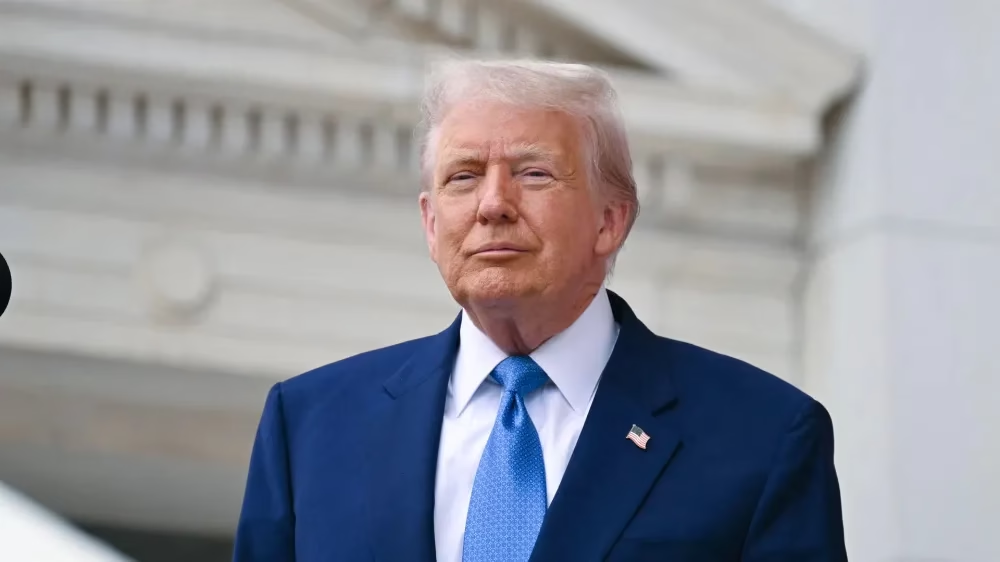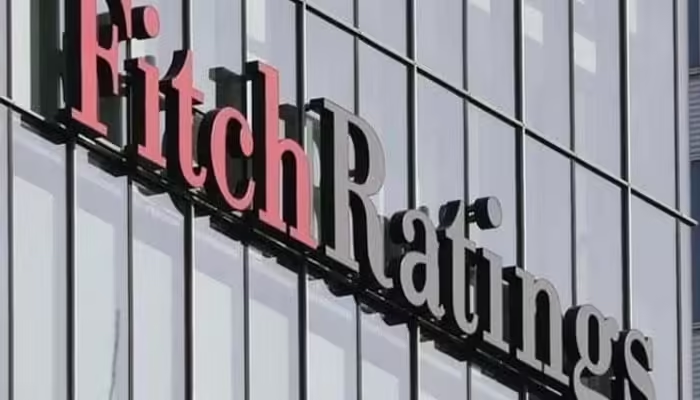The price of gold in Pakistan has witnessed a significant increase today, reflecting broader trends in the global market. According to the All Pakistan Gems and Jewelers Association, the price of gold per tola has surged by Rs 800, bringing the new rate to Rs 2 lakh 42 thousand 300. Similarly, the price of 10 grams of gold has risen by Rs 686, now standing at Rs 2 lakh 7 thousand 733.
This upward movement in gold prices is not isolated to Pakistan alone. The association noted that the price of gold per ounce in the world market has also experienced an increase, climbing by $21 to reach $2325. This global rise in gold prices is having a direct impact on local markets, causing a ripple effect that is being felt by consumers and investors alike.
The increase in gold prices is often attributed to various economic factors, including market uncertainty, inflation, and changes in the value of currencies. Gold is traditionally seen as a safe-haven asset, meaning that in times of economic instability or uncertainty, investors tend to flock towards gold, driving up its price. The current economic climate, marked by fluctuating markets and geopolitical tensions, has likely contributed to the recent surge in gold prices.
In Pakistan, the increase in gold prices can have multiple implications. For consumers, particularly those planning weddings or other significant events, the higher cost of gold jewelry could pose a challenge. Gold is an integral part of many cultural traditions in Pakistan, and price hikes can affect the affordability of gold ornaments and gifts.
On the other hand, for investors and traders, rising gold prices could be seen as an opportunity. Those who have already invested in gold are likely to see an appreciation in the value of their holdings. However, potential new investors may find the higher entry price a barrier.
The All Pakistan Gems and Jewelers Association plays a crucial role in monitoring and reporting changes in gold prices, providing valuable information to both consumers and market participants. Their reports help in understanding market dynamics and making informed decisions regarding gold purchases and investments.
It’s also worth noting that the increase in gold prices can have broader economic implications. For instance, higher gold prices can influence inflation rates, affect foreign exchange reserves, and impact the overall economic sentiment in the country. Policymakers and economic analysts closely watch these trends to gauge the health of the economy and to formulate appropriate responses.
Globally, the factors influencing the rise in gold prices are complex and multifaceted. Economic policies of major economies, interest rate changes by central banks, and international trade dynamics all play a role. Recently, concerns over inflation and the stability of financial markets have been significant drivers of the increase in gold prices.
The recent surge in gold prices in Pakistan, as reported by the All Pakistan Gems and Jewelers Association, is part of a broader global trend. The price per tola has increased by Rs 800, and the price of 10 grams has risen by Rs 686, mirroring the $21 increase in the global price per ounce. This trend underscores the interconnectedness of local and global markets and highlights the various factors that influence gold prices. For consumers and investors in Pakistan, these changes present both challenges and opportunities, shaping decisions and economic strategies in the days to come. As the situation evolves, continued monitoring and analysis will be essential to navigate the implications of fluctuating gold prices.



